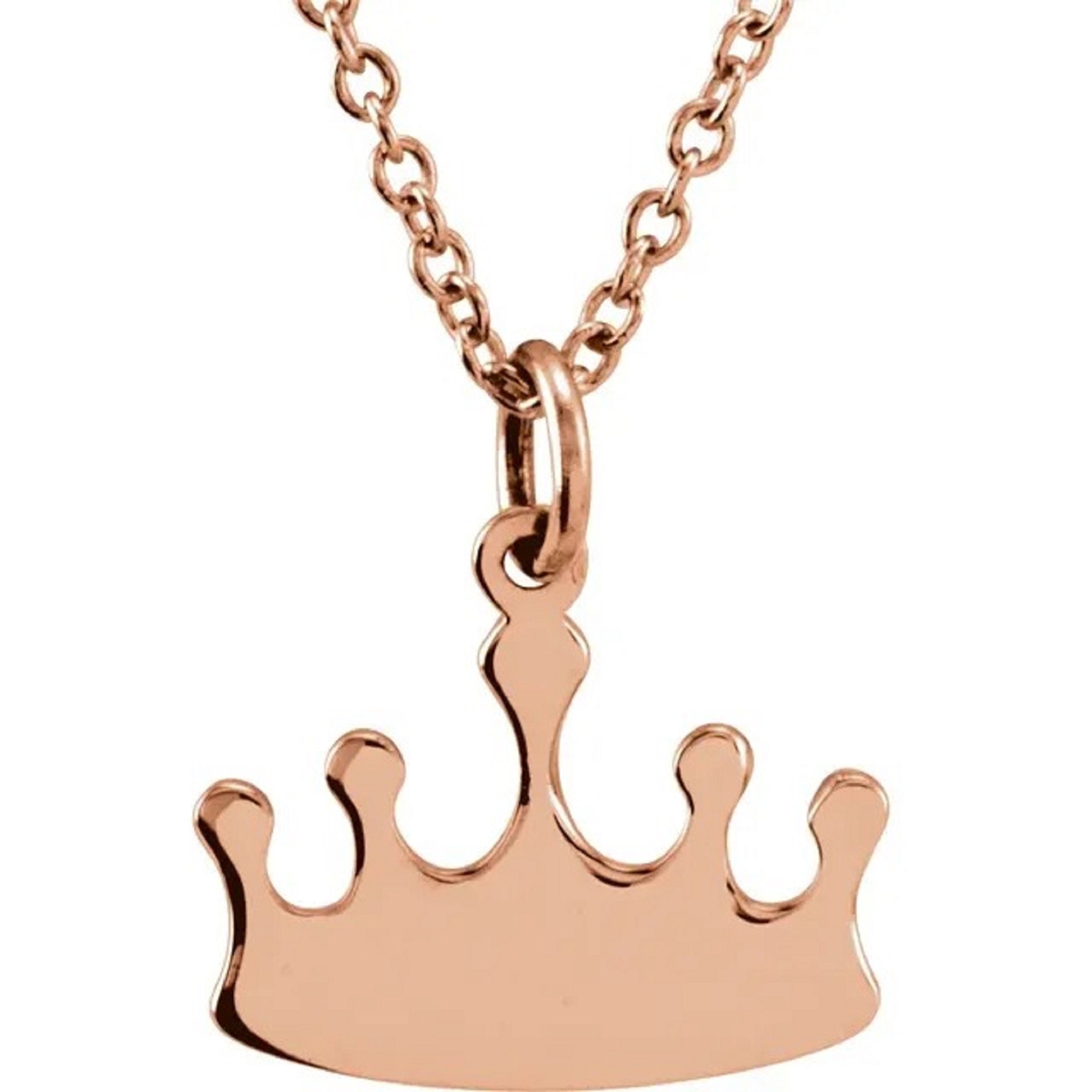
Stephen sent Archbishop Astrik of Esztergom to Rome to acquire a crown from the " Pope", who is not named. This was several decades after the crowning of Stephen I marked the beginning of Hungarian statehood, variously given as Christmas 1000 or 1 January 1001.Īnother version of the origin of the crown was written by bishop Hartvik around 1100–1110 at the request of King Könyves Kálmán, in which the "Pope" sent King Stephen I "his blessings and a crown". It was created under Byzantine influence during the reign of the Hungarian King Béla III, who was brought up in the Byzantine court and was briefly heir to the Byzantine throne. Matthias II of Hungary on a medal with the Holy CrownĪccording to the most accepted theory, in the publications of the Hungarian Academy of Sciences and the Hungarian Catholic Episcopal Conference, the Holy Crown consists of three parts: the lower abroncs (rim, hoop), the corona graeca the upper keresztpántok (cross straps), the corona latina and the uppermost cross, tilted at an angle. It is superior to the ruling monarch, who rules "in the name of the crown". Under this doctrine, the crown itself is a legal person identical to the state of Hungary. Péter Révay, a Crown Guard, expounded this doctrine in his works Commentarius De Sacra Regni Hungariae Corona ( Explanation of the Holy Crown of the Kingdom of Hungary, Augsburg 1613) and De monarchia et Sacra Corona Regni Hungariae ( On the Monarchy and Holy Crown of Hungary, Frankfurt 1659). This consecration was supposed to empower the crown with divine force to help the future kings of Hungary under the "Doctrine of the Holy Crown" ( Hungarian: Szentkorona-tan). After this, Mary was depicted not only as patrona (patron saint) of the Kingdom of Hungary, but also as regina (queen). According to popular tradition, St Stephen I held up the crown before his death (in the year 1038) to consecrate it and his kingdom to the Virgin Mary. ( January 2013) ( Learn how and when to remove this template message)Īs with all European Christian crowns, the Holy Crown symbolizes a halo signifying the wearer's Divine Right to rule. Unsourced material may be challenged and removed. Please help improve this article by adding citations to reliable sources in this section. This section needs additional citations for verification.

The gold-silver alloys in the upper and the lower parts differ in alloy ratio.During coronations, the king had to wear a leather 'kapa' liner inside the crown. The shape is elliptic (width 203.9 mm, length 215.9 mm) and is larger than a normal human head.Since 2000, the Holy Crown has been on display in the central Domed Hall of the Hungarian Parliament Building. He also said "the Holy Crown is for the Hungarians what the Lost Ark is for the Jewish people". As written by Crown Guard Péter Révay, when Hungary needed a new monarch it did not seek a crown to inaugurate a king, but a king worthy of the Crown. By the 14th century it became the unique symbol of royal power. The name "Holy Crown" was first used in 1256. The orb has the coat of arms of Charles I (1310–1342). The Hungarian coronation regalia consists of the Holy Crown, the sceptre, the orb, and the mantle. The date assigned to the present configuration of the Holy Crown is most commonly put around the late 12th century. The Holy Crown has probably been remodelled using elements of different origins. It is one of two known Byzantine crowns to survive, the other being the slightly earlier Monomachus Crown in the Hungarian National Museum, which may have had another function. However, in popular tradition the Holy Crown was thought to be older, dating to the time of the first King Stephen I of Hungary crowned 1000/1001.

The crown was presented by the Byzantine Emperor Michael VII Doukas to the King Géza I of Hungary both are depicted and named in the Greek language on enamel plaques in the lower crown. The enamels on the crown are mainly or entirely Byzantine work, presumed to have been made in Constantinople (present-day Istanbul, Turkey) in the 1070s. The only kings not so crowned were Wladyslaw I, John Sigismund Zápolya, and Joseph II. Through the history of Hungary, more than fifty kings were crowned with it, until 1916 and the last king Charles IV. The Crown symbolized the King's authority over the Lands of the Hungarian Crown (the Carpathian Basin), and it was a key mark of legitimacy.

The Holy Crown of Hungary ( Hungarian: Szent Korona, Latin: Sacra Corona), also known as the Crown of Saint Stephen, named in honour of Saint Stephen I of Hungary, was the coronation crown used by the Kingdom of Hungary for most of its existence kings have been crowned with it since the twelfth century.


 0 kommentar(er)
0 kommentar(er)
